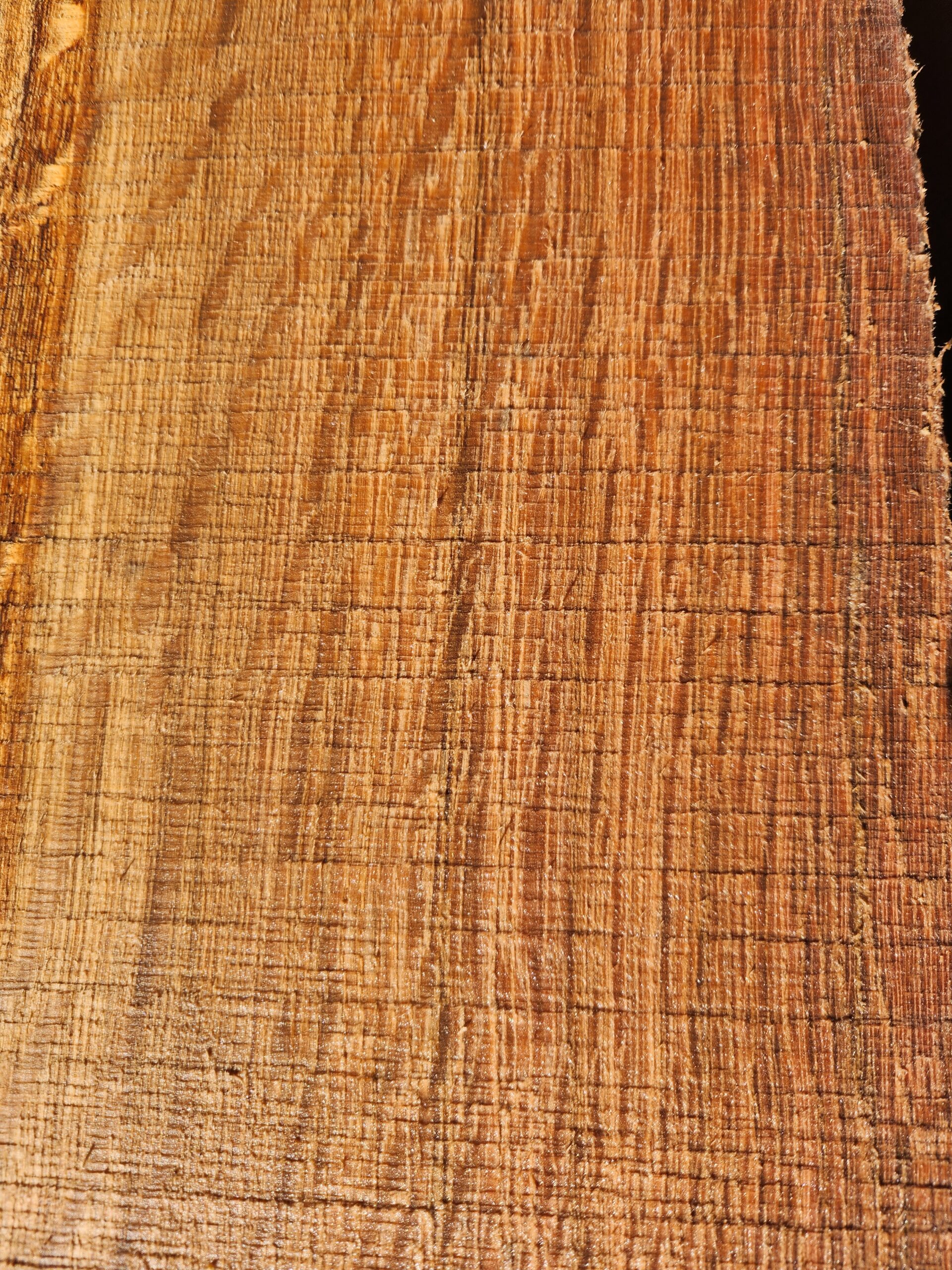Plain-Sawn, Quarter-Sawn, and Rift-Sawn Oak
When it comes to rough-cut lumber, there are three primary ways a log can be cut into boards: rift-sawn, quarter-sawn, and plain-sawn. Each method results in different grain patterns and properties, making them suitable for different applications. In this article, we'll explore the differences between these methods and their applications, with a specific focus on white oak and red oak.
White oak and red oak are both popular hardwoods used in furniture, flooring, cabinetry, and other woodworking projects. While they have some similarities, they differ in color, grain pattern, and hardness. White oak is light to medium brown with a straight, consistent grain pattern, while red oak has a reddish-brown hue with a more prominent, open grain pattern.
- Plain-sawn lumber: This is the most common type of lumber produced from a log. In plain-sawn lumber, the log is cut parallel to its center, resulting in a grain pattern that is usually cathedral-shaped or "flame-like." This method produces a more traditional and recognizable look, and is often used for decorative finishes. Plain-sawn white oak is commonly used for furniture and cabinetry, while plain-sawn red oak is often used for flooring and paneling. However, plain-sawn lumber tends to be less stable than other methods and is more prone to warping and twisting over time.
- Quarter-sawn lumber: In this method, the log is first cut into quarters, and then each quarter is cut into boards. The growth rings of the tree are perpendicular to the board's face, resulting in straight, uniform grain patterns with distinctive flecking, sometimes referred to as "ray fleck." Quarter-sawn white oak is highly sought after for its durability and stability, and is often used for flooring, cabinetry, and furniture.
- Rift-sawn lumber: This method produces a straight grain pattern similar to quarter-sawn lumber, but with a narrower range of angles between the growth rings and the board face, typically 30 to 60 degrees. This produces less ray fleck and a more consistent appearance, making it a popular choice for flooring and cabinetry. Rift-sawn oak is prized for its stability and is often used for high-end furniture and flooring.
In terms of quality, all three types of lumber can be of high quality, but it depends on the specific board and the species of tree. White oak and red oak are both known for their durability and strength, but white oak tends to be a bit harder and more durable than red oak.
The method of cutting rough-cut lumber plays a significant role in its appearance and suitability for different applications. Plain-sawn lumber is the most common and affordable option, while quarter-sawn and rift-sawn lumber are more stable and desirable for higher-end applications. When it comes to white oak and red oak, quarter-sawn and rift-sawn lumber are often preferred for their stability and consistent appearance, while plain-sawn lumber is commonly used for specific applications.











